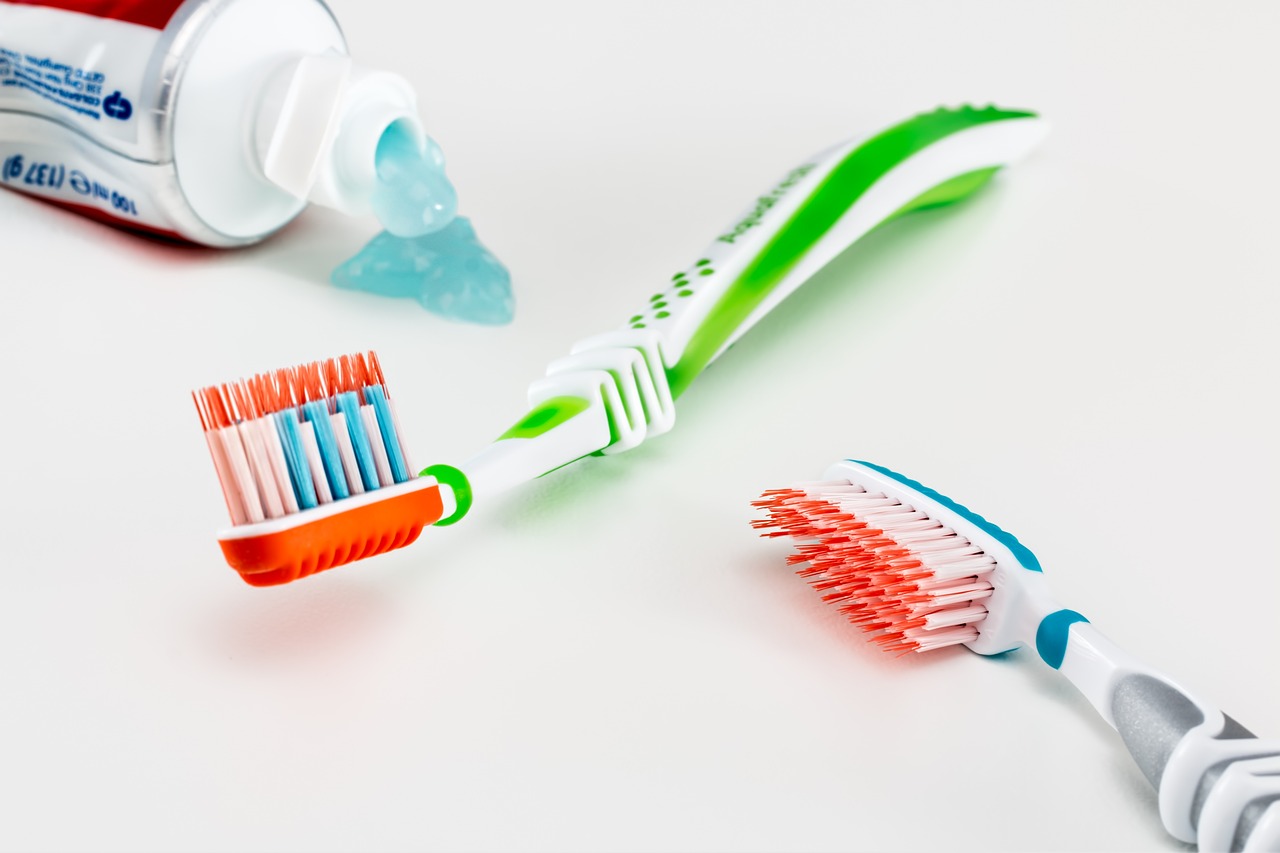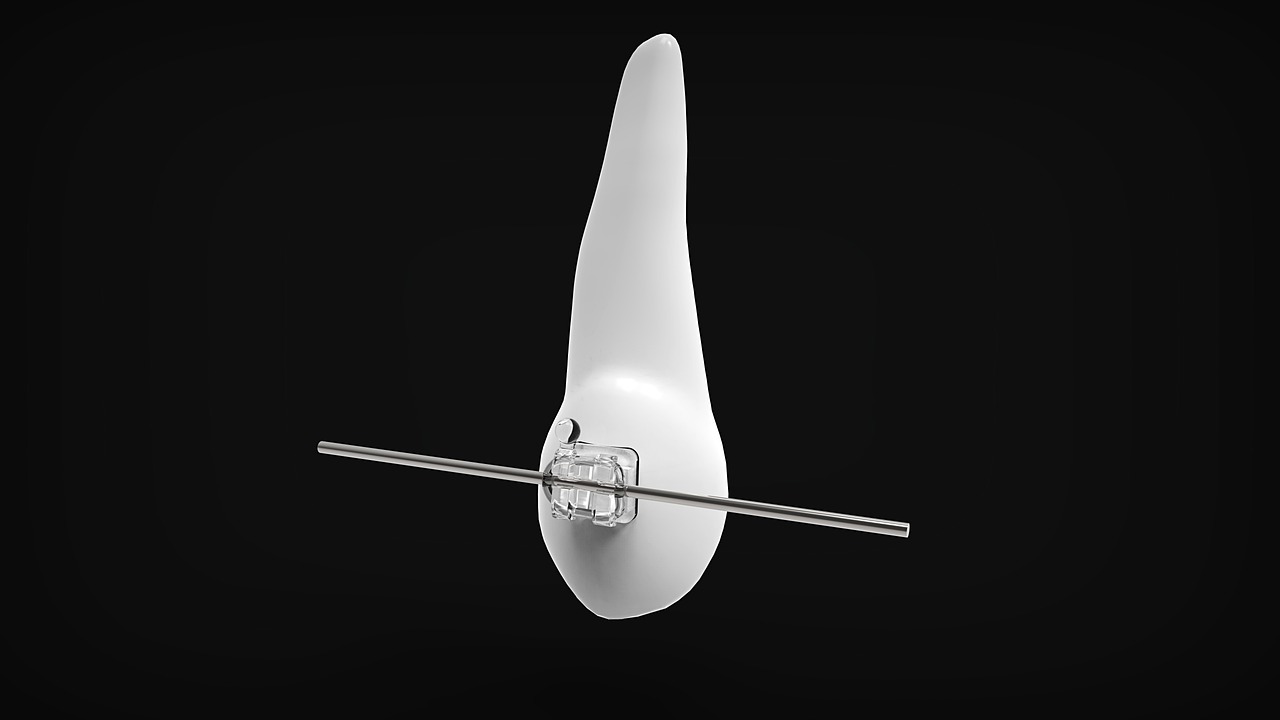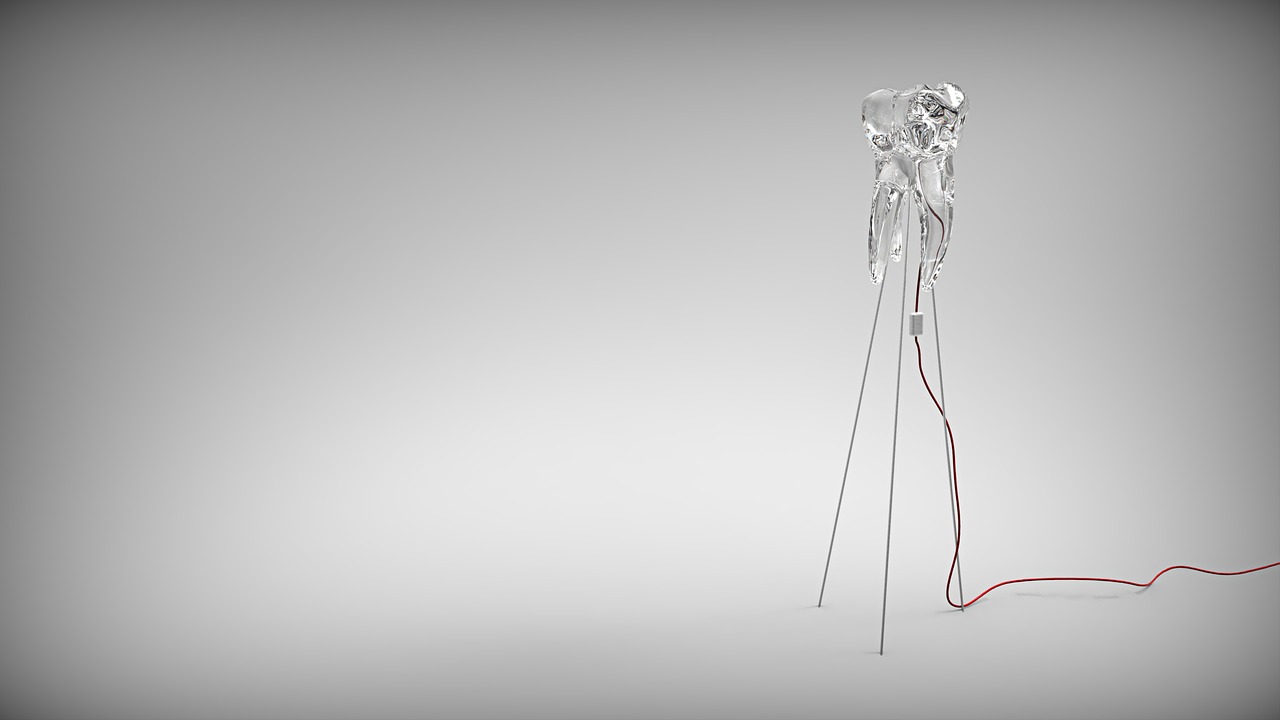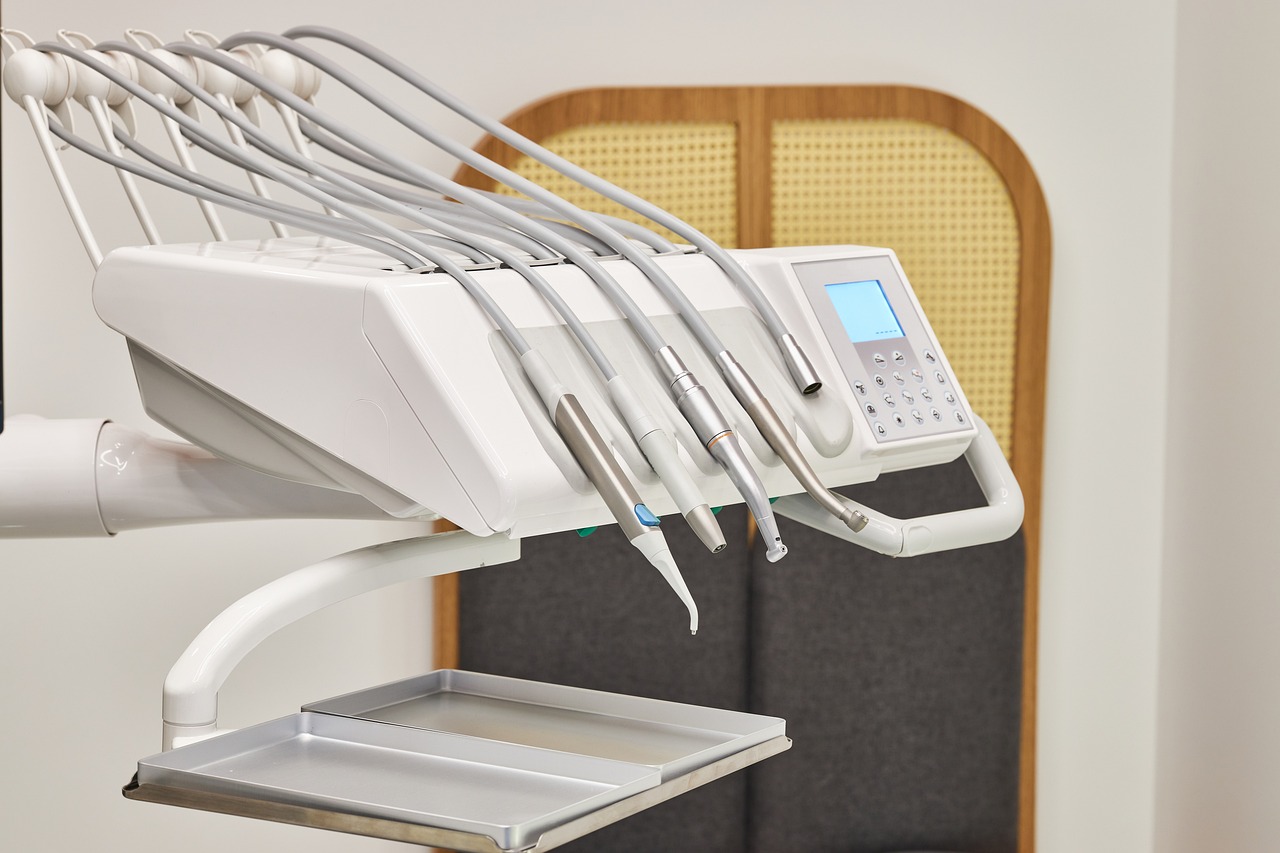Revisiting the Revolution: How 1960s Braces Changed Smiles Forever

Introduction to a New Era of Smiles
The 1960s marked a pivotal point in dental history. As societal norms shifted, so did the perception of dental health and aesthetics. This was the decade when braces transitioned from mere functional devices to fashion statements. Let’s take a closer look at this transformative period.
The Cultural Context of the 1960s
During the 1960s, America was experiencing significant cultural changes. The rise of youth culture emphasized individuality and self-expression. Braces became a symbol of transformation, not just of teeth, but also of personal identity.
Innovations in Orthodontics
- Introduction of New Materials: The use of stainless steel made braces more durable and comfortable.
- Brackets and Wires: The design evolved from bulky bands to smaller, more aesthetic brackets.
- Invisible Options: Early forms of clear aligners began to emerge, laying the groundwork for modern orthodontics.
The Social Impact of Braces
Braces in the 1960s weren’t just about straightening teeth; they changed the way people viewed dental care:
- Increased Awareness: The importance of dental health gained prominence, leading to more regular check-ups.
- Acceptance and Confidence: Wearing braces became a rite of passage, fostering a sense of belonging among peers.
Iconic Influences of the 1960s
Certain celebrities and cultural figures made braces a trend:
- Television Shows: Characters sporting braces made them relatable to younger audiences.
- Celebrity Endorsements: Stars like Elvis Presley and Barbara Streisand influenced the public’s perception of braces.
Long-Term Effects on Generations
The revolution of the 1960s laid the groundwork for future generations:
| Generation | Impact of 1960s Braces |
|---|---|
| Baby Boomers | Increased acceptance of orthodontic treatment. |
| Generation X | Braces seen as a cosmetic enhancement. |
| Millennials | Rise of aesthetic dental options. |
| Generation Z | Growth of clear aligners and social media influences. |
The Legacy of 1960s Braces
The braces of the 1960s not only changed smiles but also transformed perceptions:
- Fashionable Accessories: Braces became a part of personal style.
- Empowerment: They helped individuals embrace their unique journeys towards a perfect smile.
Conclusion: A Lasting Transformation
As we reflect on the impact of 1960s braces, it is clear they were more than just dental devices. They were a cultural phenomenon that reshaped smiles and built confidence across generations. The legacy of that era continues to influence how we perceive dental health today.
From Function to Fashion: The Cultural Shift of Braces in the Swinging Sixties

The 1960s was a decade defined by change, marked by cultural revolutions in music, fashion, and social norms. Among these transformations, the humble brace underwent a remarkable evolution—from a purely functional item to a fashionable accessory. Let’s delve into this fascinating journey.
The Role of Braces in the Early 20th Century
Before the 1960s, braces, or suspenders, were primarily viewed as a practical solution for holding up trousers. Often made from elastic or fabric, they served a utilitarian purpose, with little regard for style. However, the societal shifts of the 1960s began to alter this perception.
Fashion Icons and the Swinging Sixties
As the decade progressed, icons like Elvis Presley and the Beatles began to influence fashion trends. Braces became synonymous with a new sense of rebellion and self-expression. Young people started to adopt braces as part of their outfits, transforming them into a statement piece.
Braces as a Symbol of Rebellion
In a time when traditional norms were being challenged, braces emerged as a symbol of individuality. They were often paired with vibrant shirts and flared trousers, reflecting the spirit of the era. This cultural shift encouraged even those who previously viewed braces as outdated to embrace them anew.
Braces in Popular Culture
The impact of braces in the 1960s extended beyond fashion into popular culture. Movies and music videos featured characters sporting braces, further cementing their place as a fashionable accessory. Consider iconic films like “The Graduate”, where the character’s choice of braces highlighted his youthful defiance.
Braces in Contemporary Society
Today, braces have transcended their original purpose and are celebrated in fashion. From runways to casual wear, they continue to evolve. This enduring popularity can be traced back to their cultural significance in the 1960s. But what does this mean for today’s generations?
Braces: A Timeless Accessory
Braces have become a timeless accessory, bridging generations. They remind us of a period when personal expression began to flourish. For the elderly, this transformation can evoke cherished memories of their youth, while for younger generations, it offers a glimpse into a vibrant past.
The journey of braces from a functional garment to a fashionable statement in the 1960s encapsulates a broader cultural shift. It serves as a reminder of how fashion can influence identity and reflect societal changes. What are your thoughts on this transformation? Have you embraced braces in your own wardrobe?
Embracing Change: Personal Stories of Generational Impact from 1960s Orthodontics

In the 1960s, orthodontics underwent a significant transformation that not only changed smiles but also influenced social dynamics across generations. This era marked the introduction of innovative brace designs that were not only functional but also fashionable.
The Shift in Orthodontic Practices
The 1960s saw a shift from traditional metal braces to more aesthetic options. Patients began to embrace their orthodontic journey as a rite of passage rather than a source of embarrassment. Let’s explore some personal stories that highlight this generational impact.
Generational Voices
| Name | Year Started Treatment | Impact on Life |
|---|---|---|
| Margaret, 72 | 1965 | Margaret recalls feeling self-conscious at first, but the braces eventually boosted her confidence and led to her passion for fashion. |
| Robert, 68 | 1968 | After getting braces, Robert found it easier to smile and engage socially, which helped him develop lifelong friendships. |
| Linda, 64 | 1969 | Linda embraced her new look and became a cheerleader, inspiring others in her school to be confident in their appearances. |
Fashion Meets Function
The braces of the 1960s were often adorned with colorful bands and creative designs. This blend of fashion and functionality not only appealed to younger patients but also started conversations in social settings. Many elderly individuals today still fondly remember the excitement of choosing their band colors during their orthodontic visits.
Interviews with the Elderly
To gain deeper insight, we conducted interviews with several elderly individuals reflecting on their experiences:
John, 75: “I remember the day I got my braces off. It felt like a new beginning, and I couldn’t stop smiling!”
Susan, 70: “Braces taught me patience. It was tough, but the end result was worth every moment.”
Conclusion: A Lasting Legacy
As we reflect on the impact of 1960s orthodontics, it is clear that these transformations went beyond mere aesthetics. The stories of confidence, friendship, and personal growth resonate through generations. Embracing change, whether through fashion or oral health, has left an indelible mark on our lives.
A Legacy of Confidence: The Lasting Effects of Braces on Self-Esteem Across Decades
The Influence of Braces on Self-Perception
Braces have long been viewed as a rite of passage for many children and teenagers. However, the impact of wearing braces extends far beyond just straightening teeth. In the 1960s, braces became not only a dental tool but also a symbol of confidence and self-improvement. Have you ever considered how these metal mouthpieces shaped the self-esteem of those who wore them?
Social Acceptance and Peer Pressure
During the 1960s, societal norms shifted rapidly. The pressure to fit in was palpable, particularly for young individuals. Braces, while initially seen as a source of embarrassment, gradually transformed into a badge of honor for many. Wearing braces meant that one was taking steps toward a brighter future. How did this cultural shift affect your own view of braces?
The Psychological Shift
Research suggests that wearing braces can significantly influence a person’s self-esteem. As individuals began to see their smiles change, many experienced a newfound sense of confidence. The physical transformation often led to a psychological boost, encouraging individuals to engage more in social interactions. Can you recall any moments where you felt more confident after a change in your appearance?
Generational Perspectives on Braces
The impact of braces has transcended generations. While the 1960s laid the groundwork for this transformation, each subsequent decade has added its own layer. For instance, the 1970s and 1980s saw braces become more common, leading to a normalization of orthodontic treatment. How have you observed the perception of braces evolve over the years?
Braces and Modern Self-Esteem
Today, braces are often seen as a fashionable accessory rather than a source of stigma. With the advent of clear aligners and other cosmetic options, the conversation around braces has shifted once again. The lasting effects of braces on self-esteem continue to resonate, with many adults reflecting on their childhood experiences. How do you think advancements in orthodontics have changed the way people view braces?
A Lasting Legacy
Ultimately, the legacy of braces is one of confidence and transformation. They serve as a reminder that change, whether physical or emotional, can lead to newfound self-acceptance. Embracing our imperfections and striving for improvement is a lesson that resonates with all generations. What lessons have you learned from your own experiences with braces or the journey to self-improvement?
Braces Through the Ages: A Journey of Transformation and Identity Since the 1960s
Braces have been a pivotal aspect of dental health and personal identity for many generations. From their inception, they have not only served a functional purpose but have also evolved into a cultural symbol. Let’s take a stroll down memory lane and explore the impact of braces since the 1960s.
The 1960s: A Decade of Change
The 1960s marked a revolution in both fashion and societal norms. As young people began to express their individuality, the perception of braces began to shift. How did braces fit into this changing landscape?
In the 1960s, braces were often seen as a rite of passage. Teenagers were more likely to embrace them as part of growing up, despite initial embarrassment. The bright colors and designs of bands became a source of self-expression rather than a stigma. Do you remember the excitement of choosing colors for your braces?
The 1970s and 1980s: The Rise of Aesthetic Orthodontics
As the years progressed, orthodontics advanced significantly. The introduction of ceramic braces in the 1970s provided a more discreet option for those concerned about aesthetics. By the 1980s, braces were not just for kids; adults began to seek orthodontic treatment as well.
How did this shift affect your perception of braces? With the rise of aesthetic options, braces became less about necessity and more about choice and personal style.
The 1990s: The Era of Innovation
The 1990s saw the introduction of invisible braces and advanced orthodontic technology. This period redefined braces yet again. Did you know that advancements in technology made braces more comfortable and effective?
Many individuals began to associate braces with empowerment and self-improvement. The cultural narrative evolved, emphasizing that braces were a path to a confident smile.
The 2000s and Beyond: Celebrating Diversity
As we entered the new millennium, the conversation around braces expanded to include a broader understanding of beauty and identity. Braces became a representation of diversity in how we view attractiveness.
How has your experience with braces shaped your identity? Whether you wore traditional metal braces, ceramic braces, or invisible aligners, your journey with braces is uniquely yours.
Conclusion: The Continuing Legacy of Braces
Today, braces symbolize not just a physical transformation but also a journey of personal growth. They reflect our changing views on beauty, health, and identity. What stories do you have from your time wearing braces? The legacy of braces continues to evolve, and their impact on personal identity remains profound.
